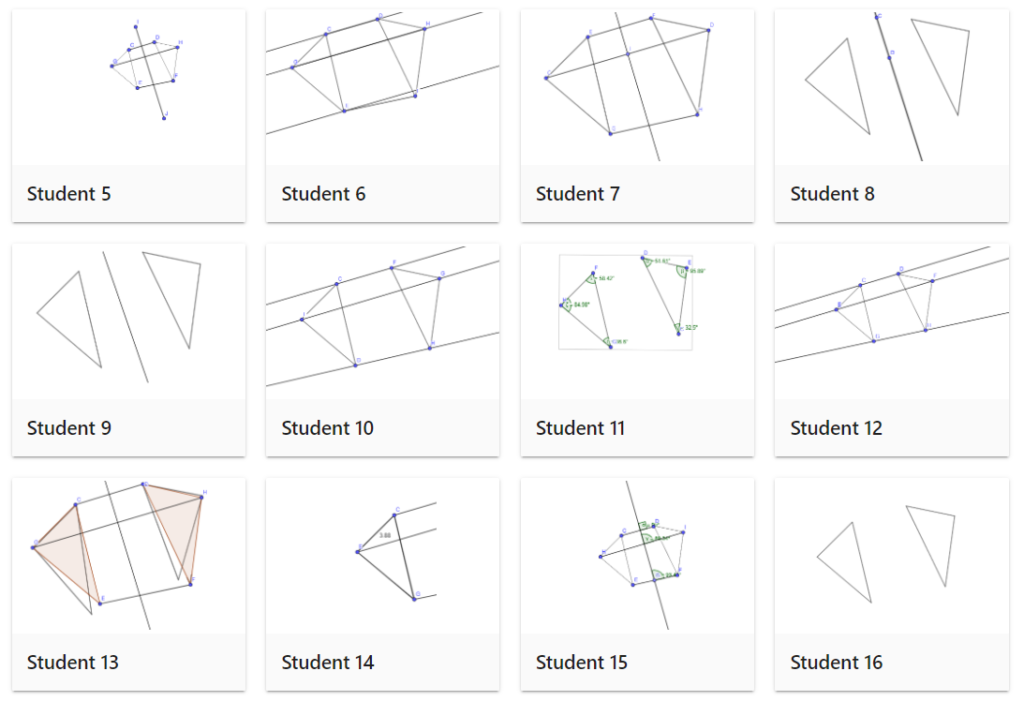I’m excited to be a part of the Park City Math Institute’s 2021 upcoming summer program!
PCMI provides immersive mathematical experiences for scientists, students, and educators through their summer programs. This year, I’ll be running a week-long session for PCMI’s Teacher Leadership Program titled Complex Geometry Made Simple. Here’s the course description:
The complex numbers are one of the great achievements of algebra, but their geometry may be even more compelling. Join us as we explore the complex connections between elementary geometry, inversion, rotations, functions, and more! The shortest path to real truth may involve a detour through the complex plane, but in this course we’ll be sure to take time to enjoy the journey.
PCMI’s Teacher Leadership program runs July 12 — 30 and includes courses on Fibonacci Recurrences, led by Daryl Yong and Bowen Kerins, and Hands on Combinatorics, led by Brian Hopkins. You can find out more information on the programs, including how to apply, here.
Related Posts



